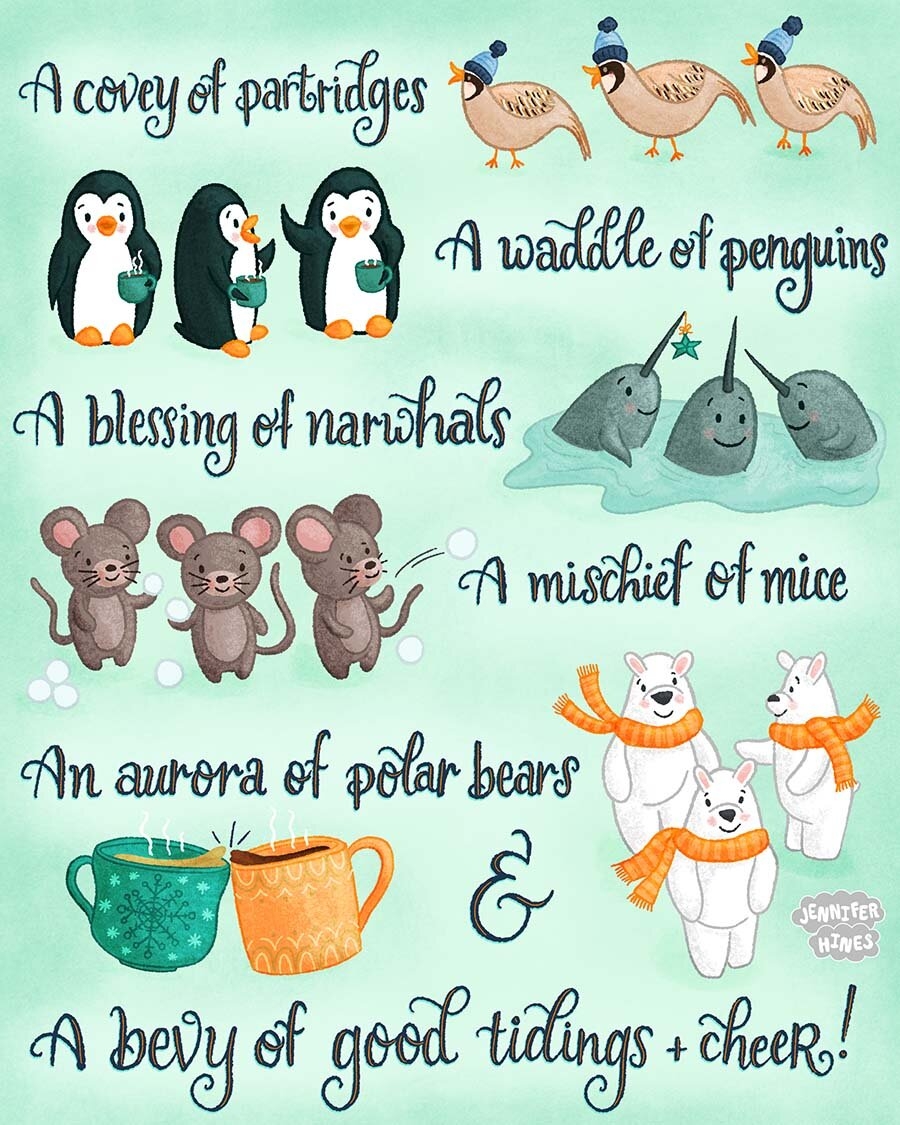When it comes to describing groups of animals, we often use specific terms known as collective animal nouns. These nouns are used to refer to a group of animals of the same species, and they can be quite fascinating to learn about. Let’s explore some common collective animal nouns and their meanings.
Collective animal nouns are unique in that they provide a specific term for a group of animals, much like how we have words like “herd” for cattle and “flock” for birds. These terms not only help us describe groups of animals more precisely but also add a touch of whimsy to our language.
Common Collective Animal Nouns
One of the most well-known collective animal nouns is a “pack” of wolves. Wolves are known for their social nature and hunting in packs, making this term quite fitting. Similarly, a group of crows is called a “murder,” reflecting the eerie and mysterious nature of these intelligent birds.
Another interesting collective animal noun is a “parliament” of owls. Owls are often associated with wisdom and are known for their silent flight and keen eyesight, making this term a perfect match for these majestic birds. On the other hand, a group of geese is called a “gaggle,” which is a fun and playful term that suits these noisy and sociable birds.
Some other notable collective animal nouns include a “pride” of lions, a “pod” of dolphins, and a “herd” of elephants. Each of these terms captures the essence of these animals and their behavior in the wild, adding depth and character to our language.
Overall, collective animal nouns are a fascinating aspect of the English language that adds color and specificity to our descriptions of groups of animals. Whether it’s a “clowder” of cats or a “shrewdness” of apes, these terms provide a glimpse into the rich tapestry of the natural world and the diverse species that inhabit it.
In conclusion, collective animal nouns are a delightful way to describe groups of animals and add a touch of flair to our language. Next time you come across a group of animals, try using the appropriate collective noun and see how it enhances your description!
